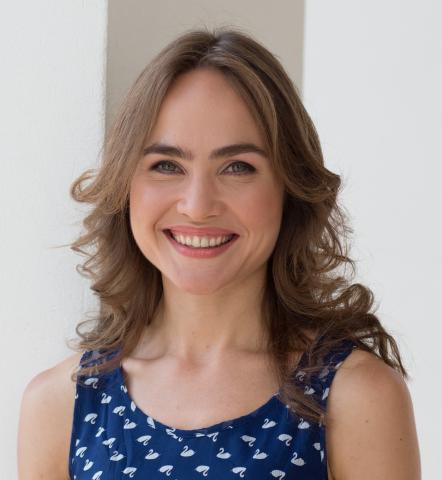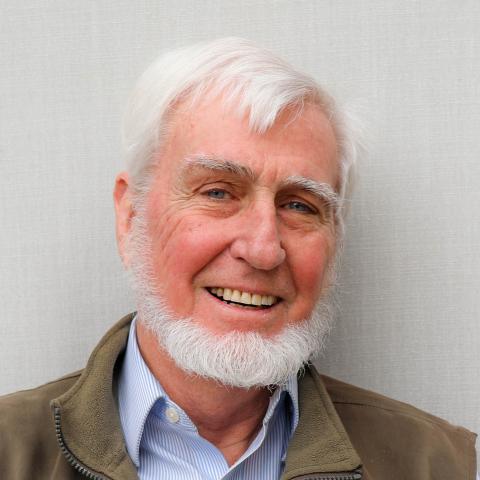Abstract
The mammalian hippocampal formation provides neuronal representations of environmental location but the underlying mechanisms are unclear. The majority of cells in medial entorhinal cortex and parasubiculum show spatially periodic firing patterns. Grid cells exhibit hexagonal symmetry and form an important subset of this more general class. Occasional changes between hexagonal and non-hexagonal firing patterns imply a common underlying mechanism. Importantly, the symmetrical properties are strongly affected by the geometry of the environment. Here, we introduce a field-boundary interaction model where we demonstrate that the grid cell pattern can be formed from competing place-like and boundary inputs. We show that the modelling results can accurately capture our current experimental observations.
PMID:24366142 | DOI:10.1098/rstb.2013.0188
UK DRI Authors

